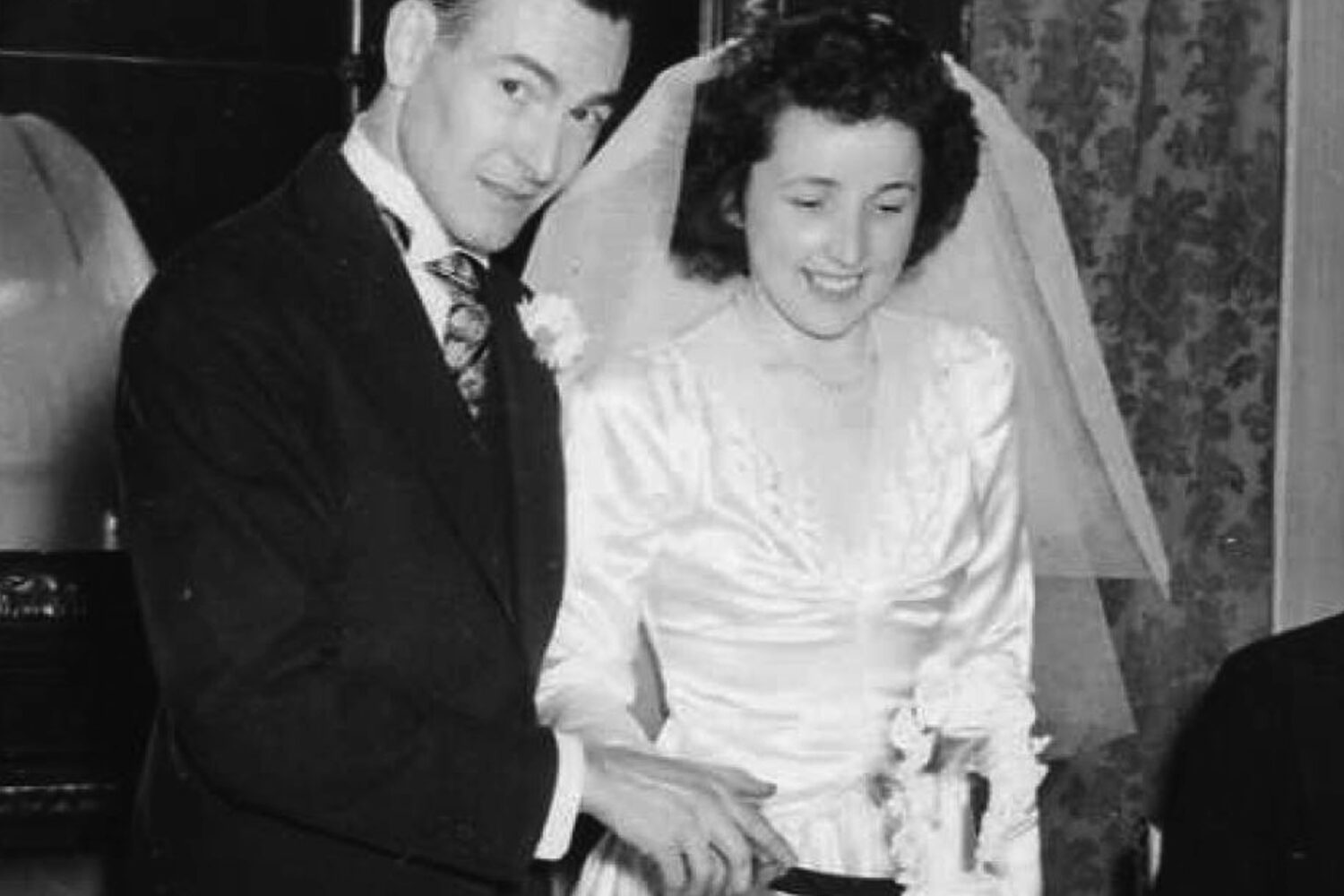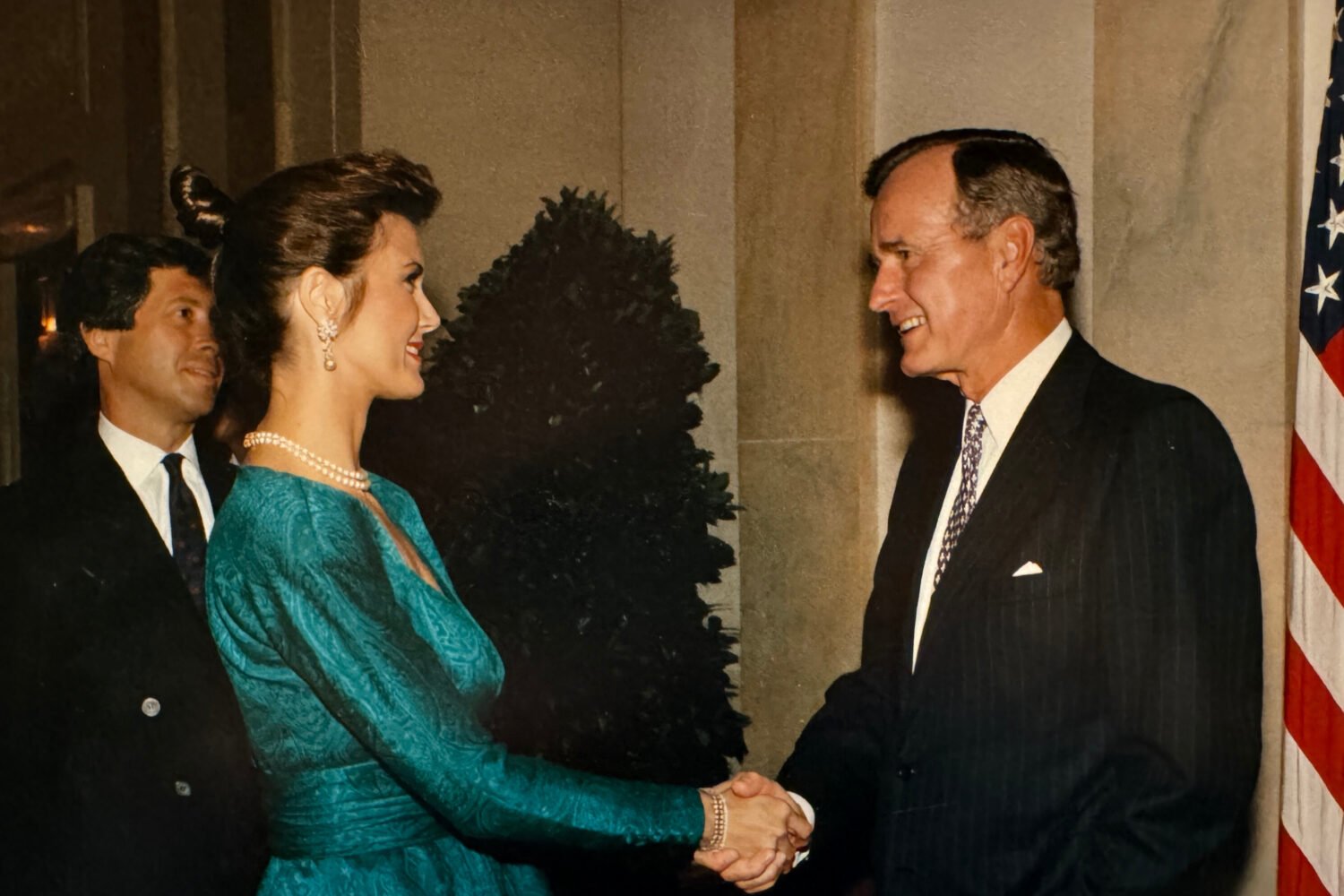“I’d gone to a weather camp in Washington after freshman year of high school, and when I got back, I took a more active interest in taking weather observations at my local beach.
“That summer, I noticed there were a few incidents of tornadoes in eastern Massachusetts that had gone undocumented. These weren’t like powerful Midwest tornadoes—these were little waterspouts with winds of 70 miles per hour. Ordinarily, these wouldn’t be a big deal, but they were coming ashore near beaches, flinging things around with the potential to cause damage and injury. I found that these storms were intersecting the coastline at 90 degrees, and ahead of this band was a cloud rotating like a rolling pin. I started thinking: Maybe that rotation is key in forming these waterspouts. I tested that, and it proved to be the impetus.
“I sent my three-page write-up to the local National Weather Service, and they said there was something to this and wound up tacking on additional statements to their severe-thunderstorm warnings whenever these waterspouts were possible. Because of that, I submitted my work to the American Meteorological Society and asked if I could do a presentation. They didn’t know I was 15. You have to write in if you’re a student or a professional, so I wrote ‘student’ to see if they’d take it. They did, which meant I had to go to Nashville in June 2013. I had my $10 shirt from Kohl’s, and my mother came with me. Everybody thought she was the meteorologist.
“People looked like they expected me to start pointing at pictures of pretty clouds. About 200 meteorologists were in the audience, and I had to walk a line between showing I knew my stuff and not coming across as arrogant. So I said, ‘Hi, everyone. I’m Matthew. If anyone needs a meteorologist in six years, please hire me.’ Everyone chuckled, and from there it went really well.
“I’ve gone to these conferences year after year, and people would joke, ‘Hey, we’ll buy you a beer after your presentation.’ This past year, I was finally old enough that they could.”


















